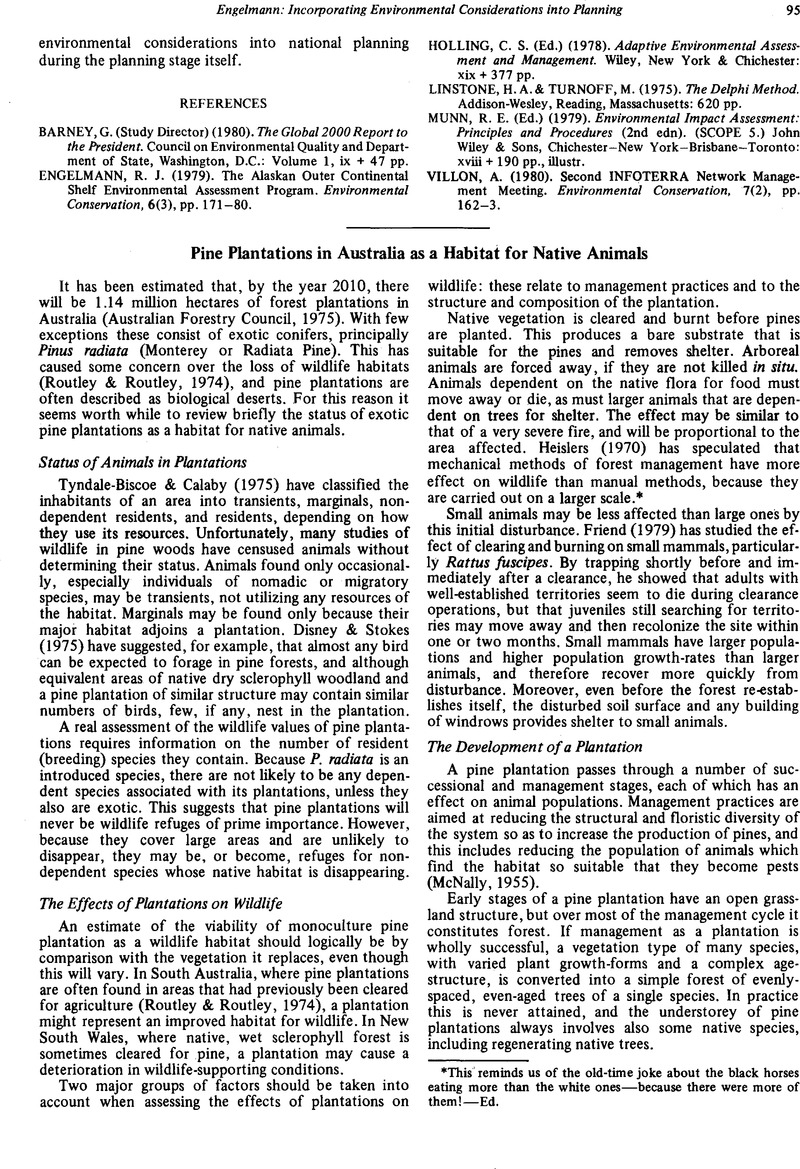Crossref Citations
This article has been cited by the following publications. This list is generated based on data provided by Crossref.
Ehrlich, Paul R.
and
Mooney, Harold A.
1983.
Extinction, Substitution, and Ecosystem Services.
BioScience,
Vol. 33,
Issue. 4,
p.
248.
Jarvis, P. J.
1993.
Birds as Monitors of Environmental Change.
p.
42.
Paritsis, Juan
and
Aizen, Marcelo A.
2008.
Effects of exotic conifer plantations on the biodiversity of understory plants, epigeal beetles and birds in Nothofagus dombeyi forests.
Forest Ecology and Management,
Vol. 255,
Issue. 5-6,
p.
1575.
Flores, Andrés
López-Upton, Javier
Rullán-Silva, Cristobal D.
Olthoff, Adriana E.
Alía, Ricardo
Sáenz-Romero, Cuauhtémoc
and
Garcia del Barrio, José M.
2019.
Priorities for Conservation and Sustainable Use of Forest Genetic Resources in Four Mexican Pines.
Forests,
Vol. 10,
Issue. 8,
p.
675.
Lynikienė, Jūratė
Gedminas, Artūras
Marčiulynas, Adas
Marčiulynienė, Diana
and
Menkis, Audrius
2022.
Can Larix sp. Mill. Provide Suitable Habitats for Insects and Lichens Associated with Stems of Picea abies (L.) H. Karst. in Northern Europe?.
Diversity,
Vol. 14,
Issue. 9,
p.
729.





